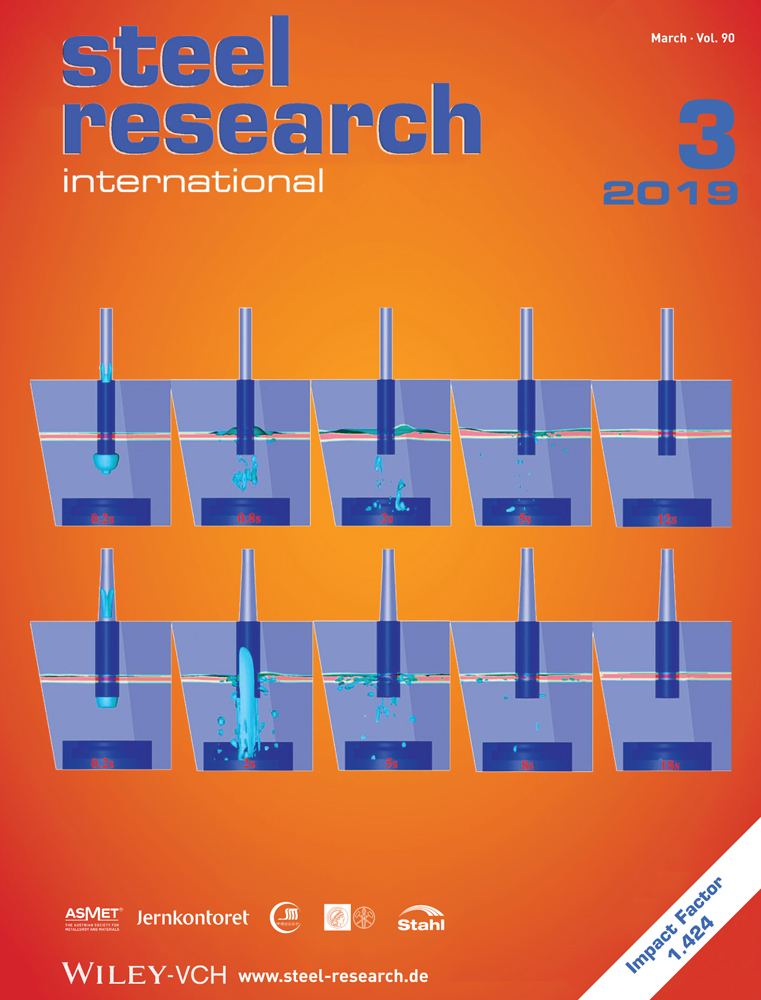The Effect of Martensite-Austenite Constituent Characteristics on the Mechanical Behavior of Quenched-Partitioned Steel at Room Temperature
Abstract
The present study deals with the effect of constituent phase (austenite and martensite) characteristics on the microstructure and mechanical properties of an advanced high strength steel obtained through the quenching and partitioning (Q&P) process. The thermomechanical processing route is purposefully employed to modify the microstructures, to produce better mechanical properties. The final microstructures include first and second (fresh) martensite and retained austenite with film or blocky morphology in a wide range of size. The martensite laths mainly contribute in increasing the strength, and the retained austenite positively affects the ductility. Presence of a high fraction of high angle grain boundaries in the martensite laths indicate that the prior austenite grains are fully recrystallized in the thermomechanical process preceding the Q&P treatment. Although a lower carbon content is observed in the initial martensite of the specimen that is deformed during annealing treatment before the Q&P process, nevertheless, a higher work hardenability is found, because the lower carbon content is compensated by increasing the volume fraction of retained austenite and decreasing the martensite islands average sizes. The latter also the great film-like retained austenite fraction besides the low amount of fresh martensite is found to improve the mechanical behavior significantly.
Conflict of Interest
The authors declare no conflict of interest.




